Escape into nature and see a different side to Morocco in the lush Ourika Valley.
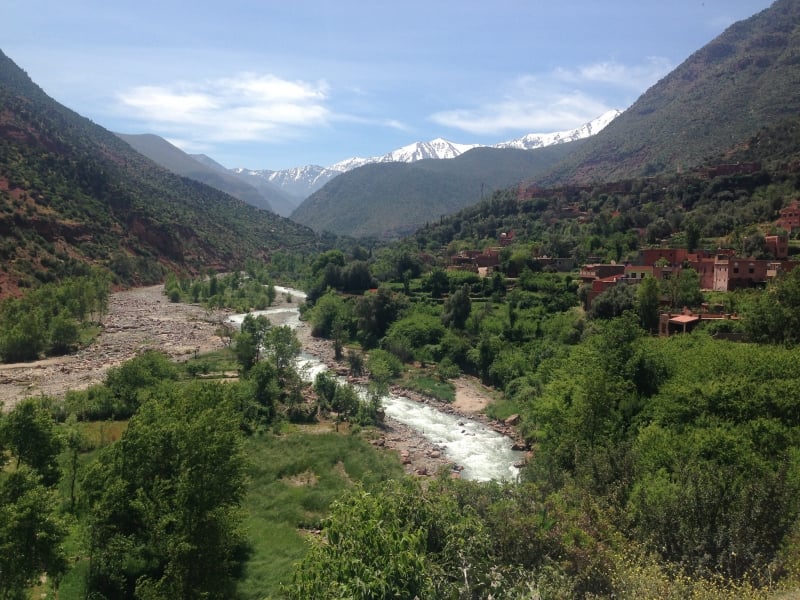
Image credit: albyantoniazzi
Ourika Valley is one of the top day trips to take from Marrakech. It’s just a short drive away (less than an hour), the temperatures are cooler, you can admire gorgeous mountain scenery and visit Berber villages, and there are several outdoor activities to experience. You don’t need to limit yourself to just a day, though; there are several places to stay, letting you enjoy the area for longer.
Here are some of the best things to do in and around the lovely Ourika Valley:
1. Visit the village of Setti Fatma
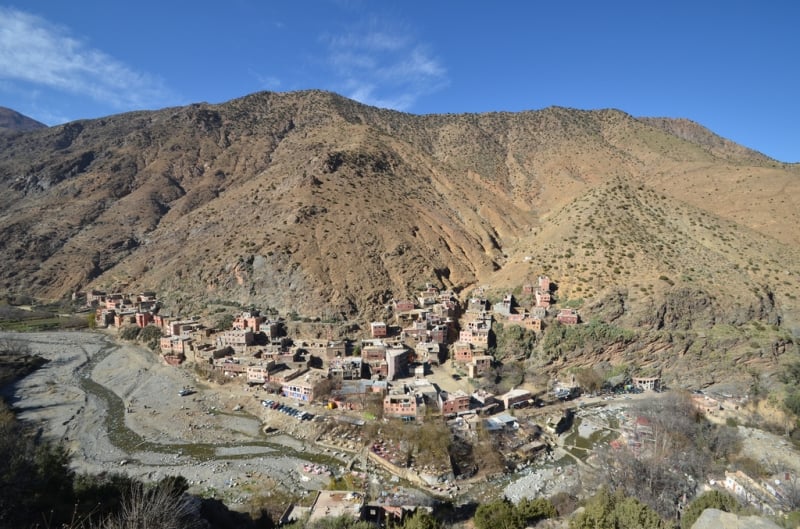
Image credit: David Thomas
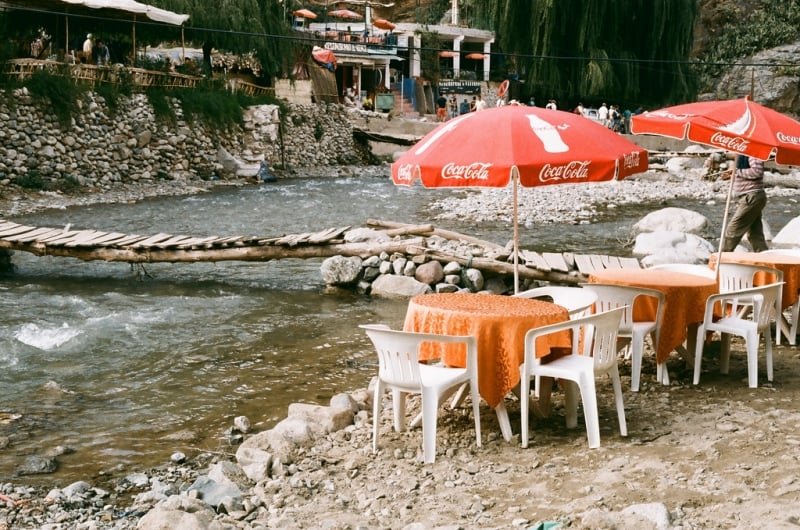
Image credit: Laura
One of the main destinations for day-trippers from Marrakech, Setti Fatma is a top place for nature lovers. Attracting both domestic and international visitors, the charming village has traditional buildings that were homes when the area was a Berber settlement. Enterprising locals saw the popularity of the area, and it is now almost entirely focused around tourism. There are tour operators providing a range of outdoor adventures and tours, and most of the buildings house accommodations, restaurants, and shops. You can pick up a range of local handicrafts and artwork for reasonable prices, though do shop around and haggle to get the best deals. Stop at one of the eateries to savour tasty Moroccan fare, such as grilled meats and a variety of tagines. Most establishments have seating areas next to the river, and some establishments have set up tables and chairs right in the cold flowing waters! Dine with your feet in the water for a novel mealtime experience. Rickety rope bridges cross the water and you can wander along the rocky embankments; be careful, though, of slippery rocks!
2. Conquer the cascades of Setti Fatma
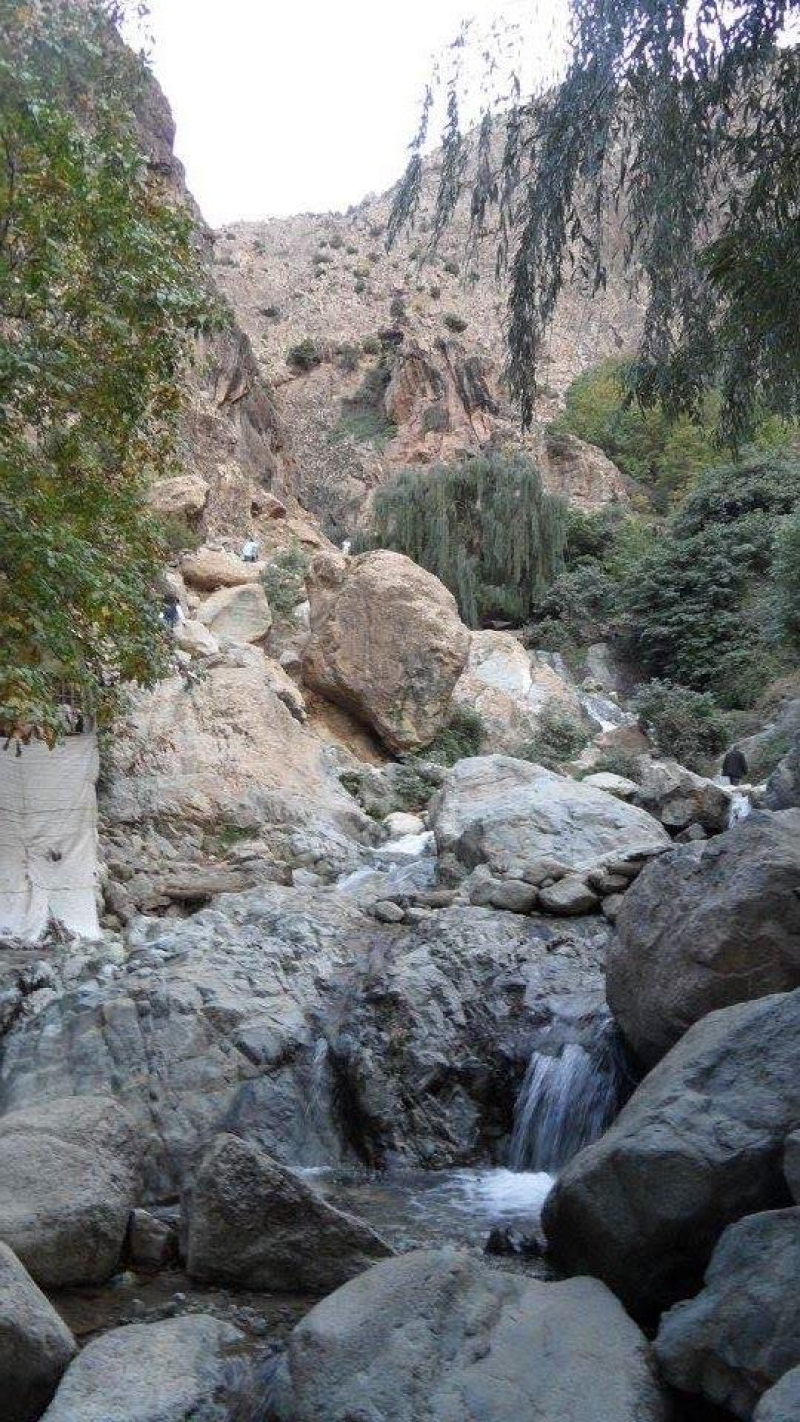
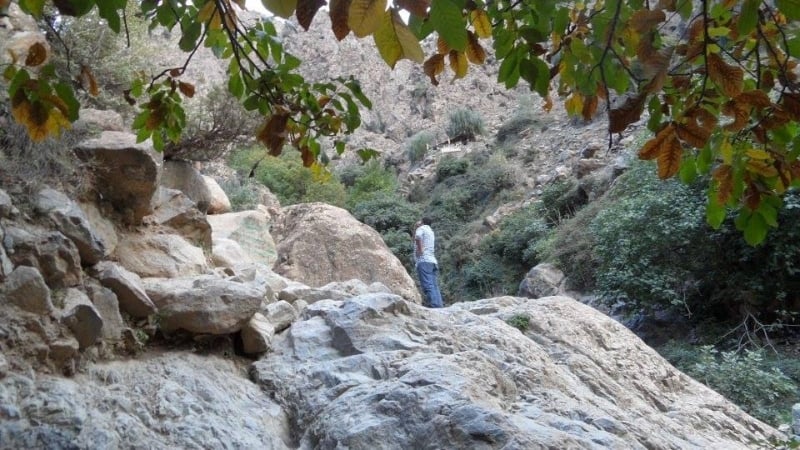
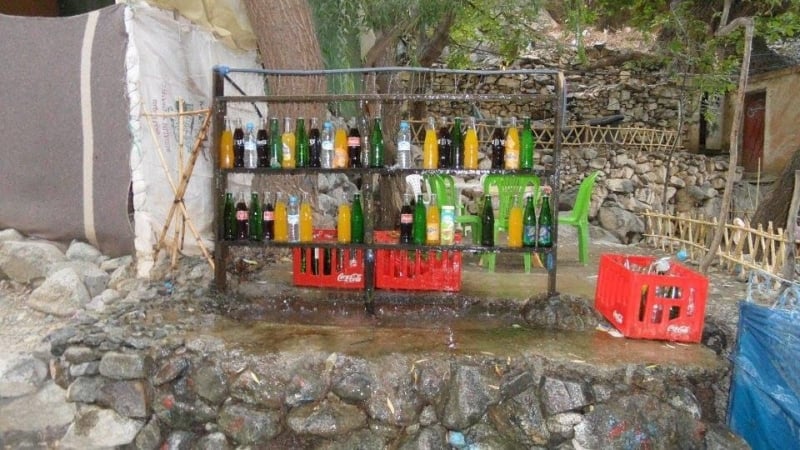
The seven falls of Setti Fatma are just a short walk from the main hub of the village. While the lower levels are easy to access, the higher sections will require some climbing and scrambling over craggy rocks and boulders. The hike to the top can be quite a challenge! (Or, so I’ve been told—I didn’t make it all the way to the top!) Set off early before the day becomes hot, particularly if you’re visiting in the summer months. Overhanging trees provide plenty of shade at the bottom, but you become more exposed the higher you climb. Various birds and other wildlife call the area home and, as you climb higher, you can enjoy terrific views of the surroundings. There are basic drink stands and seating areas to take a break—look out for the natural cooling systems used by savvy vendors to be able to sell ice cold drinks! It’s possible to swim at several parts of the falls, and rafting is also available in the area.
3. Soak up history at Aghmat
Located in the foothills of the Atlas Mountains, Aghmat is a fascinating archaeological site. The site of one of Morocco’s oldest cities, Aghmat’s story dates back to the pre-Islamic era. Only Amazigh peoples (Berbers) lived in Morocco at those times, and the settlement was founded by Christian Berbers. Once used as the country’s capital before it was moved to Marrakech, many battles and historic events took place here. It was also used as a place of exile and, interestingly, had a sizeable Jewish population up until about 100 years ago. Today’s visitors can see the ruins of an old 10th-century hammam (public bathhouse), as well as the remains of homes, ramparts, and city walls. The Tomb of Al-Mutamid (a former Andalusian king who was exiled in Aghmat) is also of interest. The modern mausoleum was built in the 1970s in the Almoravid style. The verdant landscapes surrounding the site are mainly used for pastoral purposes.
4. Learn about local life at a traditional Berber house
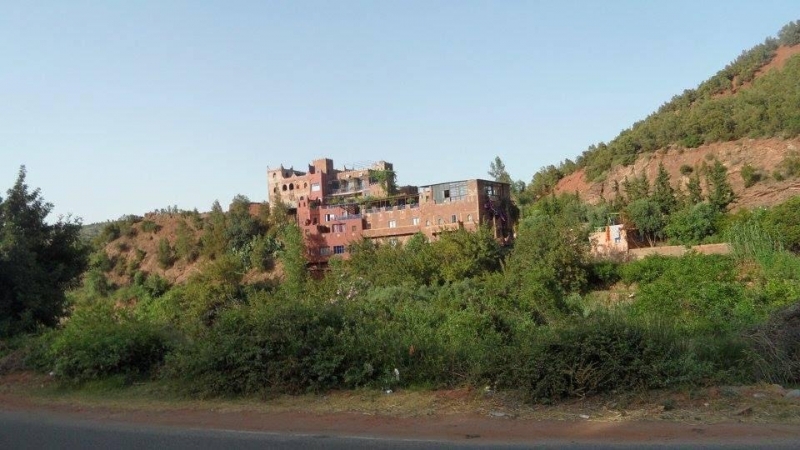
Several families in the Ourika Valley make a living by inviting tourists into their homes to experience the traditional Berber way of life. Some experiences must be pre-booked, while you can simply show up at other places and take a peek inside. Common activities include seeing traditional cooking implements and learning about different dishes and cooking methods, sitting down for a chat over a pot of mint tea, and tasting freshly baked bread.
5. Call into an argan oil collective
Often referred to as liquid gold, argan oil is a famous product of Morocco. The valuable oil has many health benefits and it is produced from the nut of the argan tree, a tree that only grows in certain areas of Morocco. Although the trees do not grow in the Ourika Valley, there are several argan-oil collectives where women work hard to peel argan fruit as part of the oil-extracting process. It’s interesting to learn the labour-intensive processes needed to produce the oil, and you can buy a range of argan products too.
6. Observe the Berber way of life at Tafza Village
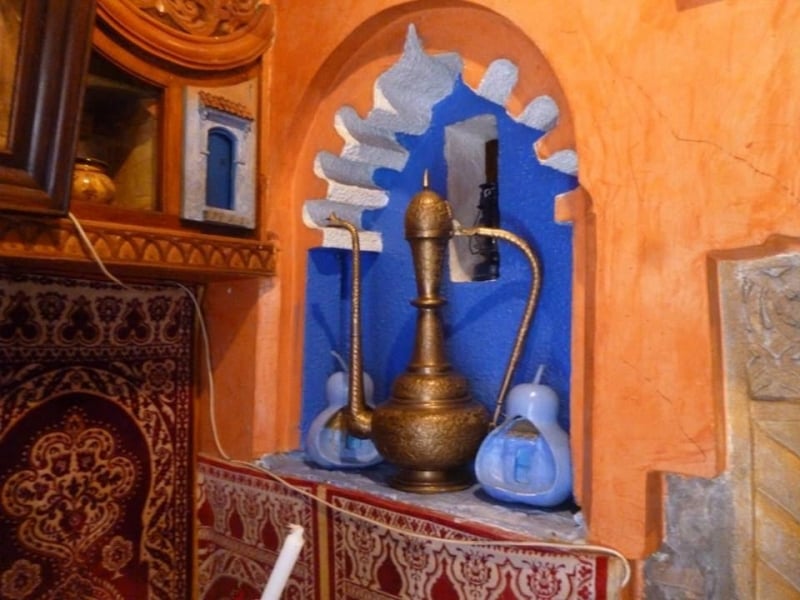
Tafza is a quaint Berber village where locals still live according to age-old traditions. It’s easy to see a different side to Morocco’s culture and, while life may not always be easy for the hardworking locals, people are always ready to welcome visitors with a beaming smile and warm hospitality. Animals live alongside their owners, children play in the dusty streets and fields, young girls help with household chores by washing clothes in the river, and men tend to their businesses. A major place of interest in the village is the Ecomusee Berbere, a museum within the previous home of the village headman. The three-level dwelling is built from mud and bricks and displays an interesting collection of cultural objects. You’ll see everything from textiles and household objects to antiques and jewellery.
7. Inhale the scents at Le Jardin Bio Aromatique de l’Ourika
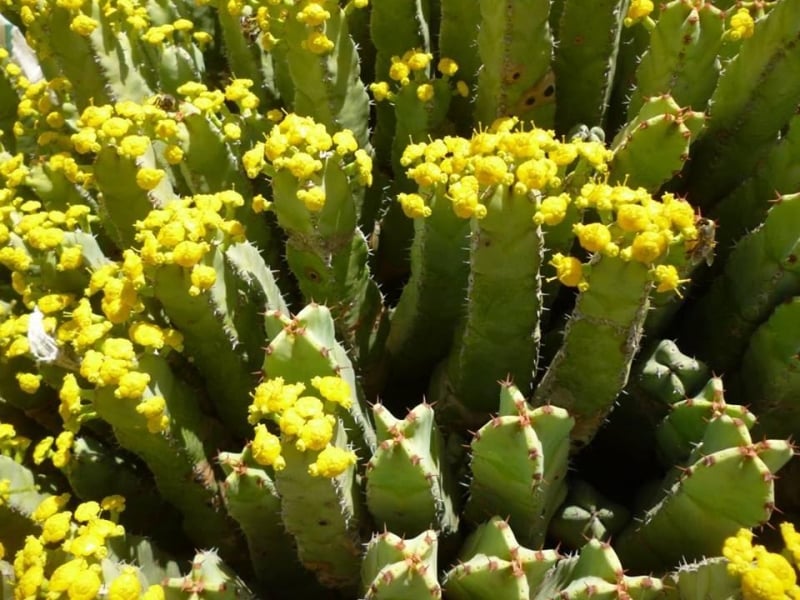
In the village of Al-Riyadh, Le Jardin Bio Aromatique de l’Ourika was Morocco’s first eco-aromatic park. A variety of plants, flowers, and herbs grow throughout the carefully arranged gardens, with tranquil spaces for guests to sit and relax while breathing in the delicious scents. The views are attractive too, making for a lovely sensory experience. In need of even more bliss? How about a massage or foot soak? You can also learn more about the medicinal and cosmetic use of plants and there are options to buy a range of plant-based products.
8. Enjoy the views at Le Jardin du Safran

Image credit: Paradis du safran
Sitting in the shadow of the mighty Atlas Mountains, Le Jardin du Safran is a working farm that specialises in the growth of the saffron crocus. Discover how the precious spice is derived from the flowers, and learn more about the cultivation, harvesting, and drying processes. If you visit during the saffron season you can take a tour of the expansive fields. The farm is well worth a visit at any time of year, however, and you can treat yourself to a range of essential oil, culinary spices, and other saffron-based goodies.




